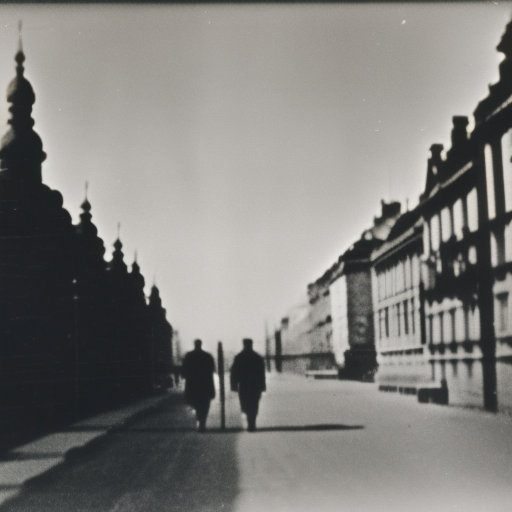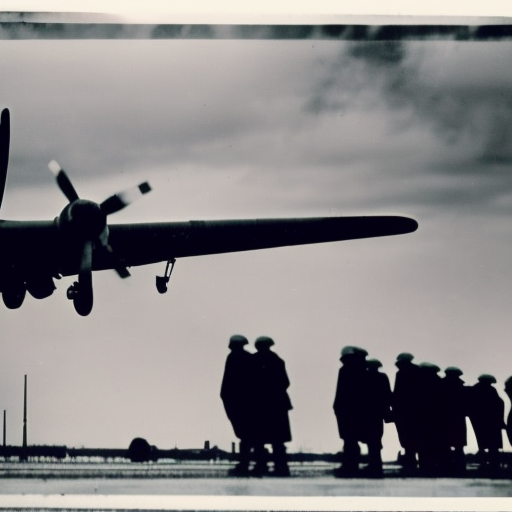The Molotov-Ribbentrop Pact (1939)
The Molotov-Ribbentrop Pact, also known as the Nazi-Soviet Pact, was a non-aggression treaty signed between Germany and the Soviet Union on August 23, 1939. The pact was named after the respective foreign ministers of the two countries, Vyacheslav Molotov and Joachim von Ribbentrop. This agreement shocked the world as it brought together two ideologically opposed powers, Nazi Germany and the communist Soviet Union.
Background: In the late 1930s, tensions were rising in Europe as Adolf Hitler’s Germany began to aggressively expand its territories. The Soviet Union, under Joseph Stalin, was concerned about the growing threat from Nazi Germany and sought to protect its own interests. The Soviet Union had previously attempted to form alliances with Britain and France, but negotiations had failed. Faced with the prospect of being isolated, Stalin turned to Germany as a potential partner.
The Pact: The Molotov-Ribbentrop Pact consisted of a public treaty and a secret protocol. The public treaty ensured non-aggression between the two countries for a period of ten years. The secret protocol, however, divided Eastern Europe into spheres of influence, with Germany gaining control over western Poland and the Baltic states, while the Soviet Union was granted control over eastern Poland, Finland, Estonia, Latvia, and parts of Romania.
Impact: The signing of the Molotov-Ribbentrop Pact had significant consequences for Europe and the world. It provided Hitler with a free hand to launch his military campaigns without the fear of a two-front war. This allowed Germany to invade Poland just a week after the pact was signed, marking the beginning of World War II.
The pact also had severe repercussions for the countries in Eastern Europe that fell under Soviet influence. The secret protocol effectively divided these nations into spheres of influence, leading to the occupation and annexation of several territories by the Soviet Union. The Baltic states, Finland, and parts of Romania were all affected by this division.
Breakdown of the Pact: The Molotov-Ribbentrop Pact remained in effect until June 1941 when Germany launched a surprise invasion of the Soviet Union, violating the non-aggression clause. This marked a turning point in the war as the former allies became bitter enemies. The Soviet Union joined the Allied forces and played a crucial role in the eventual defeat of Nazi Germany.
Legacy: The Molotov-Ribbentrop Pact remains a controversial and significant event in history. It highlighted the willingness of both Nazi Germany and the Soviet Union to prioritize their own interests over ideology. The pact also demonstrated the dangers of appeasement and the consequences of dividing nations into spheres of influence.
The signing of the Molotov-Ribbentrop Pact had far-reaching implications for the course of World War II and the post-war division of Europe. It shaped the political landscape of Eastern Europe for decades, with the Soviet Union maintaining control over the countries it had gained influence over during the war.
In conclusion, the Molotov-Ribbentrop Pact was a non-aggression treaty signed between Nazi Germany and the Soviet Union in 1939. It provided Hitler with a free hand to launch his military campaigns and divided Eastern Europe into spheres of influence. The pact remained in effect until Germany violated it in 1941, leading to the Soviet Union joining the Allied forces. The legacy of the pact includes its controversial nature and the long-lasting impact it had on the political landscape of Eastern Europe.












